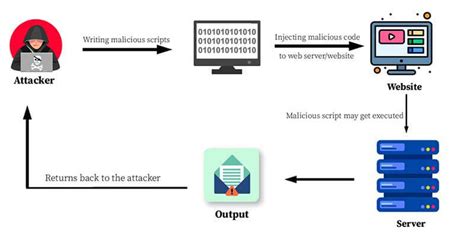exposed setups. Haemm0r highlighted a significant misconception in security configurations, noting that attacks of this kind still require either specific login names or relaxed root login protocols. A good practice here is to ensure your SSH is not exposed directly to the internet or that only trusted IPs have access to SSH protocols. Tools like fail2ban can cut off attackers before they can exploit these flaws; however, some like Piskvorrr argue that such tools often constitute ‘security theater’—a term generally used to describe ineffective security measures meant to provide a false sense of safety.
But is fail2ban truly superficial? The volume of automated exploits suggests it’s far from useless. This tool along with other measures such as setting `LoginGraceTime` to zero in the `sshd` configuration can significantly reduce the attack surface. As NelsonMinar suggested, while setting `LoginGraceTime` to zero can mitigate risks of RCE, it might in turn expose the system to denial-of-service attacks. This is because without a timeout, unresponsive connections will persist indefinitely, eventually saturating the system’s connection limits.
Intriguingly, the conversation about vigilance also brings up the discussion of ‘security theater’ versus active defense. DEADMINCE argued for proactive, depth-related security measures, which include setting up robust firewall rules and using port knocking. While some consider port knocking cumbersome or outdated, it can prevent unauthorized access by adding an invisible obstacle for would-be attackers.
Take the example of tools like Wireguard or spiped, which offer VPN-like functionality while permitting SSH connections. Spiped, for instance, configured correctly with `ProxyCommand` in the SSH configuration can provide seamless yet secure connections without exposing the SSH service directly. This is particularly beneficial for organizations looking to scale defenses without overhauling existing setups.
In addition to vigilance and strategic defenses, the response speed to vulnerabilities matters significantly. Awareness of vulnerabilities and quick implementation of patches, such as those released for OpenSSH 9.8, is crucial. Both Debian and other distributions like Gentoo have quickly followed suit, pushing updates that neutralize the risk associated with CVE-2024-6387. If your system cannot tolerate SSH downtime for patching, alternative measures such as using ssh daemon configurations with timeouts and rekey intervals can offer temporary reprieve.
In summary, the response to CVE-2024-6387 exhibits a broad spectrum of thoughts on security and system resilience. It highlights the importance of streamlined security protocols like fail2ban and robust IP whitelisting but also brings attention to deeper, systemic defenses like secure-by-design principles inherent in OpenBSD’s approach to signal handling. Understanding and leveraging these strategies can significantly improve security postures against future exploits. For proactive system administrators and cybersecurity professionals, the key takeaway is constant vigilance, regular updates, and a multi-layered approach to defense that goes beyond reactive measures to foresee and mitigate risks even before they become apparent threats.


Leave a Reply